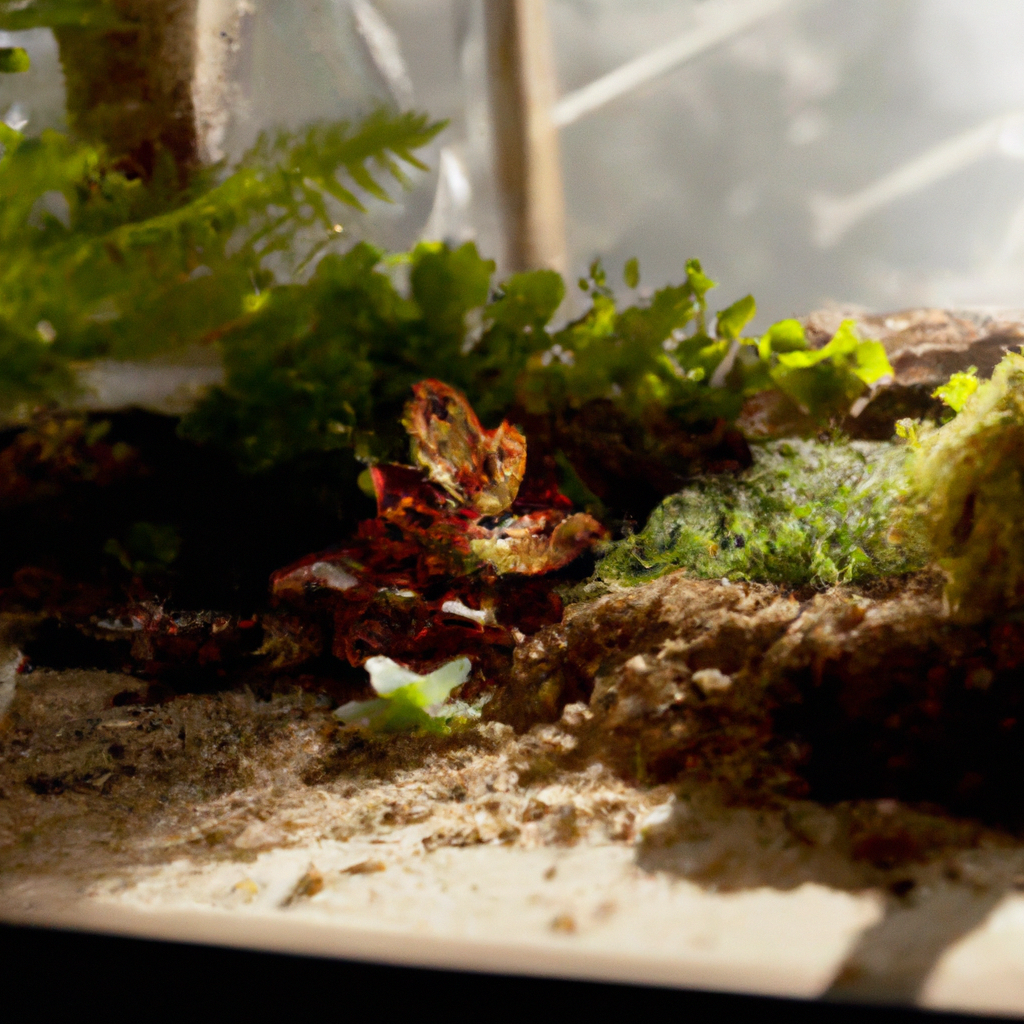Terrariums are beautiful miniature gardens that can be created indoors, bringing a touch of nature to any living space. They are easy to make and require minimal maintenance, making them perfect for those who have limited space or who want to add a touch of greenery to their home or office. In this article, we will guide you through the process of creating your own DIY terrarium.
Materials Needed
Before you start building your terrarium, you’ll need to gather the necessary materials. Here is a list of the things you’ll need:
1. Glass container – The container is the most important element of your terrarium. It should be clear, with a wide opening, and large enough to accommodate the plants you want to use. You can use anything from a glass bowl to a Mason jar or a fish tank.
2. Gravel or pebbles – The gravel or pebbles will be used as a drainage layer at the bottom of your terrarium. This layer will help prevent root rot by allowing excess water to drain away from the roots.
3. Activated charcoal – Activated charcoal will help keep your terrarium free from bacteria and mold.
4. Potting soil – The potting soil is where your plants will grow. Choose a high-quality soil that is suitable for the plants you want to use.
5. Plants – When choosing plants for your terrarium, consider their size, growth rate, and lighting requirements. Succulents, cacti, and ferns are all popular choices for terrariums.
6. Decorative elements – You can add decorative elements to your terrarium, such as rocks, moss, or small figurines, to give it a personal touch.
Building Your Terrarium
Once you have all the materials you need, it’s time to start building your terrarium. Follow these steps:
1. Start by adding a layer of gravel or pebbles to the bottom of your container. This layer should be about 1-2 inches deep.
2. Add a layer of activated charcoal on top of the gravel. This layer should be about ½ inch deep.
3. Add a layer of potting soil on top of the charcoal. This layer should be deep enough to accommodate the roots of your plants.
4. Arrange your plants in the soil, taking care not to overcrowd them. Leave enough space between the plants to allow them to grow.
5. Add decorative elements, such as rocks or moss, to your terrarium. This will give it a more natural look.
6. Water your terrarium lightly, taking care not to overwater it. The soil should be moist but not waterlogged.
Maintaining Your Terrarium
Now that you have created your own terrarium, it’s important to take care of it. Here are some tips for maintaining your terrarium:
1. Water your terrarium only when the soil feels dry. Overwatering can lead to root rot, which can kill your plants.
2. Place your terrarium in a location that receives adequate sunlight. Most terrarium plants prefer indirect sunlight.
3. Trim your plants regularly to keep them from overcrowding the terrarium.
4. Keep an eye out for any signs of mold or bacteria growth. If you notice any, remove the affected plant and clean the terrarium thoroughly.
Conclusion
Creating your own terrarium is a fun and rewarding project that can bring a touch of nature to your home or office. With the right materials and a little bit of know-how, you can create a beautiful miniature garden that will brighten up any living space. Whether you choose a succulent terrarium or a moss terrarium, the possibilities are endless. Follow the steps outlined in this article, and you’ll be on your way to building your very own glass container garden in no time!







